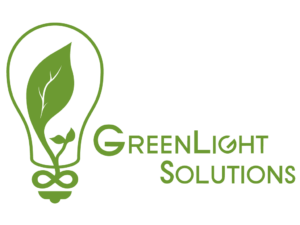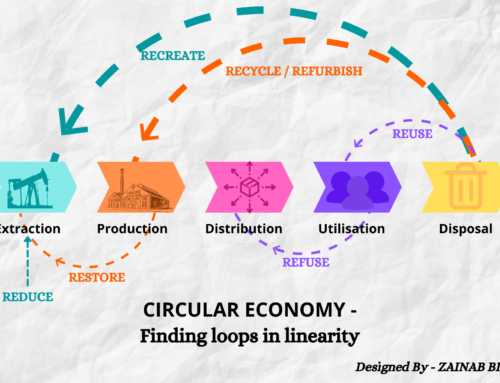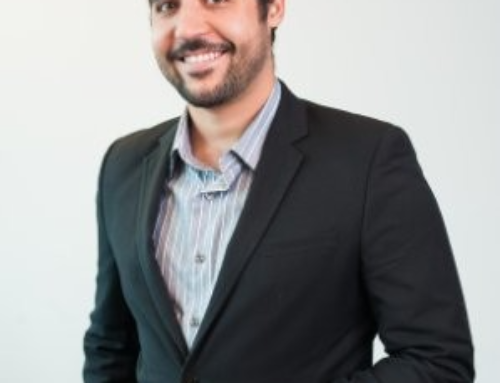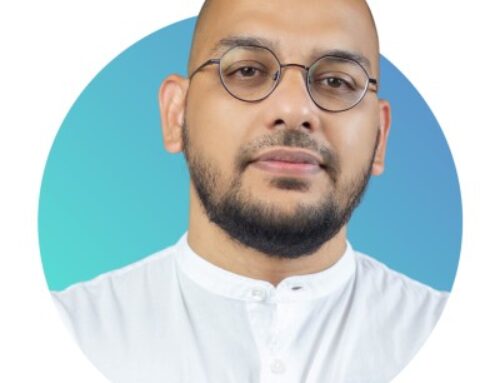Project Partner Combats Building Material Waste
GreenLight Solutions Foundation intern Eddie Portillo interviewed Project Partner Chelsea Pickett, Business Development Manager at Stardust Building Supplies.
What made you choose GreenLight as a partner to work with?
For me, Greenlight Solutions was already working with Stardust when I moved into this role. So, I was kind of grandfathered into the relationship. This [Spring 2020] will be my second semester being the main liaison for Stardust and GreenLight.
So, essentially, you worked within the pre-established relationship that the two organizations had built?
Part of my role here at Stardust is to work with groups like GreenLight Solutions. I work with other volunteer groups as well and I’ve been very pleased with the work that GreenLight has done since I’ve been the main point of contact.
You mentioned that you work with other volunteer groups, how important is that help to your company?
We are a non-profit with around 30 employees for both of our centers, including our corporate office operations. Like most non-profits, we are small and we have limited resources, so when we have groups like GreenLight Solutions come in and offer their services not only does it provide a need that we are not able to fill with our current resources, it also gives us an opportunity to work on projects that maybe we wouldn’t have been able to otherwise. It really is a helpful resource to have a group of dedicated students willing to take the time to help.
For a company like Stardust, where the primary purpose is to reuse, how important is sustainability to the culture of the company and to the company as a whole?
We try to be sustainable where possible. Going back to the resource constraints, it’s difficult to initiate and create sustainability programs and policies/procedures within the organization anyways. The projects that GreenLight is able to do for us helps define areas we can become more sustainable.
As an organization, we value sustainable practices and we strive to be a sustainable example in the building material industry. Not only do we work very hard every day to divert reusable building materials from the landfill, but we also do a lot of advocacy work and we try to educate the community and our partners on what kind of positive environmental impact building material use has on a large scale.
Before learning about Stardust, I didn’t even realize there was so much waste produced in that industry so it’s nice to see that there are organizations fighting waste in all sorts of sectors.
There was a study done by the EPA that found that over 534 million pounds of construction and demolition (C&D) waste are produced every year in the United States. Here in Arizona with our robust building industry, it’s somewhere around 300,000 tons every year, or enough C&D debris to fill Chase Field. What’s scary is that around 75% of that material that goes to the landfill is actually reusable. At Stardust, we not only try to educate people on this problem but also say there’s a solution and it’s building material reuse.
I recently watched a very informative video about the environmental impact of construction; however, it only discussed the impact before the construction phase in terms of sand mining. I guess I just assumed that all materials got used up in the actual construction process but was shocked to find out that is definitely not the case.
That study I was referring to – I think they found that about 90% of waste is actually from remodeling projects and 10% is from new builds. It’s a very interesting complex problem.
With sustainability being an integral factor in your company, what do some of the end goals, in terms of sustainability, look like for Stardust? What are some goals you want to hit in the near future?
I wouldn’t say that we are that developed yet, I’d love it if we were. Data collection has always been a challenge because of resource constraints. It’s difficult to implement things in a way where you can track diversion and things like that. I wouldn’t say we have clear diversion goals; I think our biggest goals are to continue to increase our deconstruction service. The more homes were able to deconstruct is a direct increase in the amount of materials being diverted from landfills.
So, it’s really all about expanding on what you guys are already doing. You mentioned how Stardust is small and growing. What are some of the challenges that come with running a non-profit still in the growth phase?
There are several challenges. One of those challenges is that the price of salvaged building materials doesn’t increase the way that costs increase. A used item doesn’t become more expensive over time, but costs will continue to go up. There’s a mismatch there and that’s an interesting problem from a business perspective to solve.
We’re essentially a building material thrift store and that’s a challenging business model to be successful at anyway, so it’s another significant challenge for us. The increased costs associated with providing our deconstruction service can pose an interesting challenge as well. Although we’re providing a service that is good for the planet, we can’t always make money on those projects.
We’ve talked about how much Stardust works with other volunteer groups; I would imagine a lot of those involve other student organizations outside of GreenLight. Would tips do you have for sustainability graduates or environmental graduates regarding good habits to pick up on, or things that they can do to make themselves more marketable in the sustainability workplace?
Speaking from experience, I don’t think our environment here in the US has met the crest where there’s a lot of demand for the skill set. I think it’s undervalued and I think, although it’s a very noble and wonderful field of study for anyone to go into, for people who are pursuing it as a degree it’s important that their sustainability training is supported with another concentration or field of study. There aren’t a whole lot of jobs where all you’re doing is sustainability, it’s usually “sustainability and…” or it’s looking at sustainability issues within a specific field. So, I guess my advice would be for anyone on this path to support your existing skills with other areas so you’re able to leverage that sustainability training in a way that’s very marketable in today’s world.
Thank you for reading our blog! Leave a comment & share on social media.
➡ Get involved: Businesses | Students | Professionals | Colleges | Volunteer
➡ Support our sustainability initiatives: Donate Now | Give Monthly | Sponsor
➡ Follow us on social media: Facebook | LinkedIn | Instagram | Twitter







